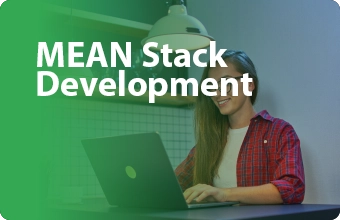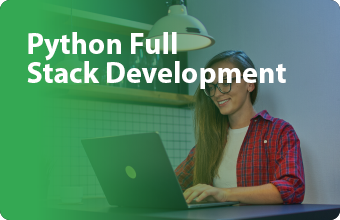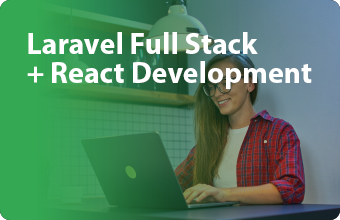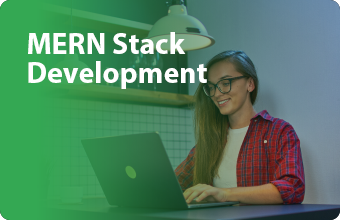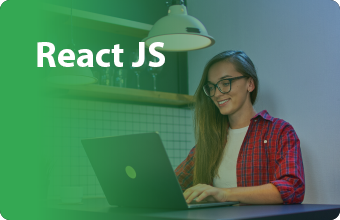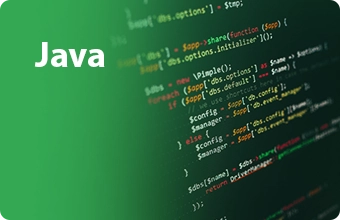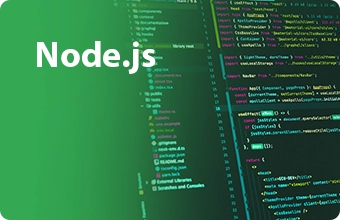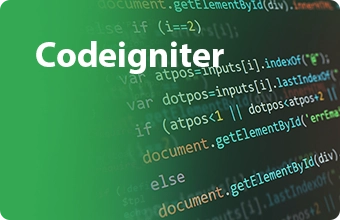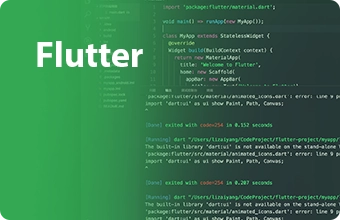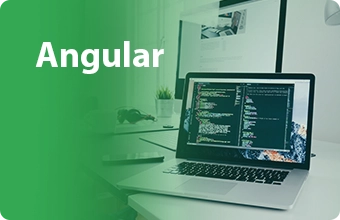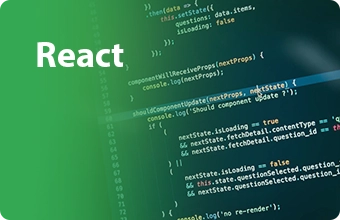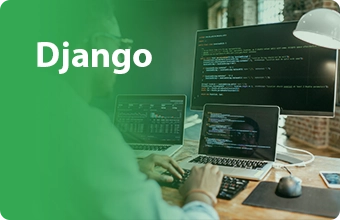Laravel Full Stack Development
Laravel Full Stack Development enables you to seamlessly combine powerful back-end functionalities with elegant front-end solutions, fostering the creation of dynamic and sophisticated web applications.
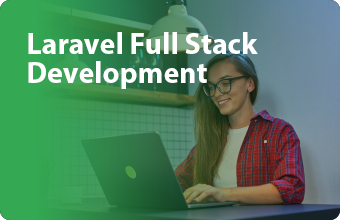
Laravel Full Stack Development
Unfasten the potential of modern web development with our Laravel full stack Development training in Trivandrum kerala. Designed to provide inclusive knowledge and hands-on experience, our program equips you with the skills needed to excel in the competitive field of web development.
Why Choose Our Laravel Training Institute?
- In-depth Curriculum: Our training covers all aspects of full-stack development using PHP Laravel, including front-end and back-end development, database management, and server-side scripting.
- Experienced Instructors: Learn from industry professionals who bring years of expertise and in-depth knowledge to the classroom.
- Hands-on Training: Engage in practical sessions and real-world projects to apply the concepts you learn, ensuring you gain practical experience.
- State-of-the-Art Infrastructure: Benefit from our modern training facilities with the latest tools and technologies to enhance your learning experience.
- Flexible Learning Options: We offer both online and offline classes to accommodate your schedule and learning preferences.
Laravel Training in Thiruvananthapuram
Our training program is also available in Thiruvananthapuram, the active capital city of Kerala. Thiruvananthapuram offers a thriving tech ecosystem, providing you with plenty of opportunities to network with industry professionals and potential employers.
Hold on to your journey to becoming a full-stack developer with our Laravel full stack Development training in Trivandrum kerala in Logiprompt Pro Academy. Whether you are a beginner looking to start your career or a professional seeking to enhance your skills.
Contact us today to learn more about our training programs and schedule. Let us help you achieve your career goals and become a proficient full-stack developer with an ability in PHP Laravel.
- Html – 8 Hours (2 days)
- CSS – 8 Hours (2 days)
- Bootstrap – 7 Hours (1.5 days)
- Machine Test (Including HTML, CSS, Bootstrap) – 12 Hours (3 days)
- JavaScript – 20 Hours (5 days)
- PHP+Machine test – 56 Hours (14 days)
- MYSQL – 4 Hours (1 day)
- Laravel – 64 Hours (16 days)
- Mock Interview – 8 Hours (2 days per student 30 min)
- Aptitude Class+Exam – 3hr and 30 minutes.
- Group Discussion – 2 Hours
You May Like
Our thoughtfully designed internship programs provide a tailored and enriching experience for aspiring professionals.










